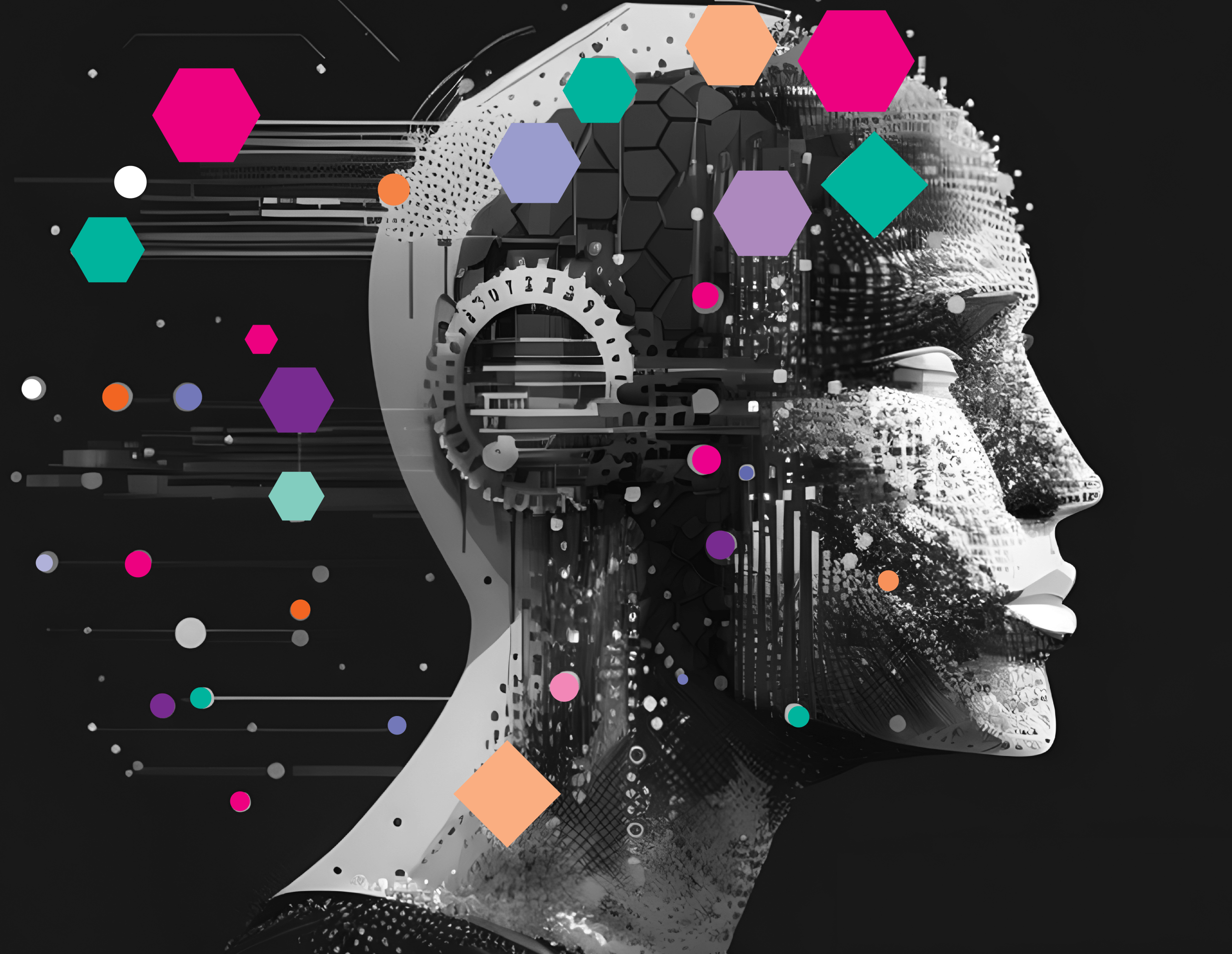In partnership withTeleperformance
It’s a stormy holiday weekend, and you’ve just received the last notification you want in the busiest travel week of the year: the first leg of your flight is significantly delayed.
You might expect this means you’ll be sitting on hold with airline customer service for half an hour. But this time, the process looks a little different: You have a brief text exchange with the airline’s AI chatbot, which quickly assesses your situation and places you in a priority queue. Shortly after, a human agent takes over, confirms the details, and gets you rebooked on an earlier flight so you can make your connection. You’ll be home in time to enjoy mom’s pot roast.

Humans at the heart of generative AI
Generative AI is becoming a key component of business operations and customer service interactions today. According to Salesforce research, three out of five workers (61%) either currently use or plan to use generative AI in their roles. A full 68% of these employees are confident that the technology—which can churn out text, video, image, and audio content almost instantaneously—will enable them to provide more enriching customer experiences.
But the technology isn’t a complete solution—or a replacement for human workers. Sixty percent of the surveyed employees believe that human oversight is indispensable for effective and trustworthy generative AI.
Generative AI has enormous potential to revolutionize business operations, but how companies decide to employ it will make all the difference. Its full business value will only be achieved when it is used thoughtfully to blend with human empathy and ingenuity.
Generative AI pilots across industries
Though the technology is still nascent, many generative AI use cases are starting to emerge. In sales and marketing, generative AI can assist with creating targeted ad content, identifying leads, upselling, cross-selling, and providing real-time sales analytics. When used for internal functions like IT, HR, and finance, generative AI can improve help-desk services, simplify recruitment processes, generate job descriptions, assist with onboarding and exit processes, and even write code.
One of AI’s great benefits for employees is its ability to take over mundane, rote, and time-consuming tasks. “Anything that’s repetitive and low-level can be offloaded to AI,” says Ramandeep Randhawa, professor of data sciences and operations at USC Marshall School of Business. This can improve employee satisfaction, he says, since people are less tied down by busywork.
When it comes to customer experience, generative AI offers capabilities including sentiment analysis, language translation, text classification, and summarization—all of which can be used to help deliver highly tailored, contextually aware customer interactions. Generative AI can fuel advanced customer-facing chatbots, like the one that triages your urgent message to your airline, but it can also empower agents behind the scenes, providing context, possible responses, and suggested next actions to the person who takes over handling your rebooking.

While chatbots aren’t new, the public release of generative AI technology over the past year means they’ve improved dramatically in a short time. “Chatbots were around before, but generative AI has further increased their efficacy, as well as the quality of output,” notes Vishal Gupta, vice president at Everest Group. “Today’s chatbots are significantly more conversational, and they can provide answers to more complex and tougher questions.”
“There is not a single industry untouched by generative AI,” adds Gupta. “I see the potential in day-to-day work where each and every employee in any organization, in any industry, can use these tools to increase the quality of the work they’re doing, and also improve their productivity.”
Download the full report.
This content was produced by Insights, the custom content arm of MIT Technology Review. It was not written by MIT Technology Review’s editorial staff.
